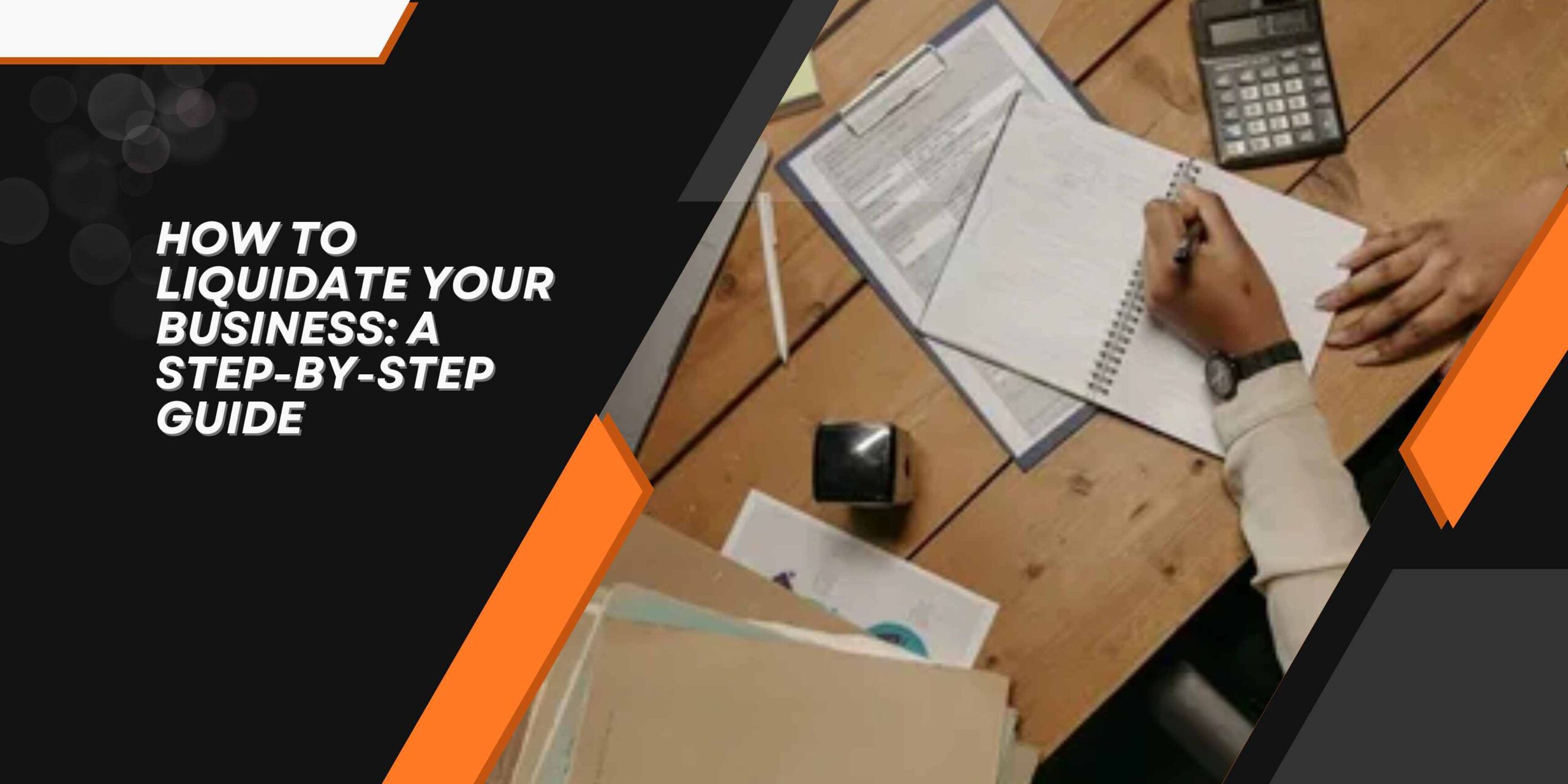
Liquidating a business is a big decision, and it can be a complex process. Whether your business is struggling financially or you’re simply ready to retire or move on to other ventures, knowing how to properly liquidate is crucial. Liquidation is the process of selling off a company’s assets to pay its debts and close the business. In this guide, we’ll walk you through the basic steps to liquidate your business smoothly and effectively.
What is Liquidation?
Liquidation is the process of winding up your business. This involves selling all of your business’s assets—like property, inventory, and equipment—and using the proceeds to pay off debts. Any remaining money after the debts are settled is typically distributed to the business owners or shareholders.
Note: If you’re facing financial challenges, Liquidation Services in Dubai can help you close your business in a structured and legal manner. Trust RBS Auditors to guide you through the entire liquidation process, ensuring all legal requirements are met. Get expert advice today to avoid future complications. Contact us now for a consultation and protect your interests!
Step 1: Evaluate Your Business Situation
Before deciding to liquidate, it’s important to assess your company’s financial health. This includes:
- Reviewing your business’s debts: How much do you owe to creditors, suppliers, or employees?
- Assessing your assets: What valuable items or properties does your business own, such as equipment, real estate, or inventory?
- Understanding your obligations: Are there any legal or regulatory requirements that need to be addressed?
By understanding the full picture, you’ll be in a better position to decide whether liquidation is the best option for your business.
Step 2: Consult with Professionals
Liquidating a business involves legal, financial, and tax considerations. It’s a good idea to consult with professionals to guide you through the process. This may include:
- A financial advisor or accountant who can help you calculate the value of your assets and debts.
- A legal advisor or lawyer who can ensure that the liquidation process complies with all local laws and regulations.
- A liquidation expert or agent who specializes in selling off business assets and handling the distribution of funds.
Having the right professionals by your side can help prevent costly mistakes and ensure that you meet all legal obligations.

Step 3: Make a Liquidation Plan
Once you have a clear understanding of your financial situation, it’s time to create a plan for liquidating your business. This should include:
- Selling assets: Decide which assets you need to sell and how you’ll sell them (via auction, private sale, or public listing).
- Paying off debts: Create a plan to pay off creditors. This could involve negotiating payment terms or settling for a lower amount if the business has limited funds.
- Distributing any remaining funds: After all debts are paid, any leftover money can be distributed to the shareholders or business owners.
Your liquidation plan should be detailed and organized to ensure that you follow all the steps correctly.
Step 4: Notify Stakeholders
Once you’ve decided to liquidate, you need to inform all relevant stakeholders, including:
- Employees: Let your employees know about the liquidation and any final pay or severance packages they may be entitled to.
- Creditors: Notify your creditors about your decision to liquidate and arrange for the payment of outstanding debts.
- Customers and suppliers: Inform your customers and suppliers that you are closing your business and arrange for any final orders or contracts to be completed.
Communication is key during the liquidation process to avoid misunderstandings and ensure a smooth wind-down of operations.
Step 5: Sell Business Assets
After notifying stakeholders, it’s time to start selling the business assets. This can include:
- Real estate and equipment: Properties, machinery, and vehicles are often sold at auction or through real estate agents.
- Inventory and goods: These can be sold in bulk or individually, depending on their nature.
- Intangible assets: If your business has intellectual property, trademarks, or patents, these may also be sold to the highest bidder.
Make sure to follow legal requirements when selling assets and properly document each sale.
Step 6: Settle Debts and Liabilities
The next step is to pay off any outstanding debts. This includes:
- Paying creditors: Prioritize paying secured creditors first, followed by unsecured creditors.
- Paying employee wages or severance: Ensure that all employees receive their final pay and any severance they are owed.
- Settling taxes: Make sure that all taxes, including business taxes, payroll taxes, and any other dues, are settled.
This step is critical because failing to properly settle debts can result in legal issues later.
Step 7: Close Your Business Legally
Once all assets are sold and debts are settled, you need to formally close your business. This involves:
- Dissolving your business entity: You will need to file the necessary paperwork with your local business registry or government agency to dissolve your company legally.
- Canceling licenses and permits: If your business holds any licenses or permits, you must cancel them to avoid future fees.
- Filing final tax returns: Make sure you submit your final tax returns and resolve any remaining tax obligations.
Conclusion
Liquidating a business is never easy, but with the right approach, it can be done smoothly and efficiently. By following these steps, consulting with the right professionals, and carefully managing your assets and debts, you can ensure that the liquidation process is as seamless as possible. While the liquidation process can take time and effort, it ultimately allows you to close your business in an orderly way, ensuring that both you and your creditors are treated fairly.
For More Insightful Articles Related To This Topic, Feel Free To Visit: ezine-articles.







